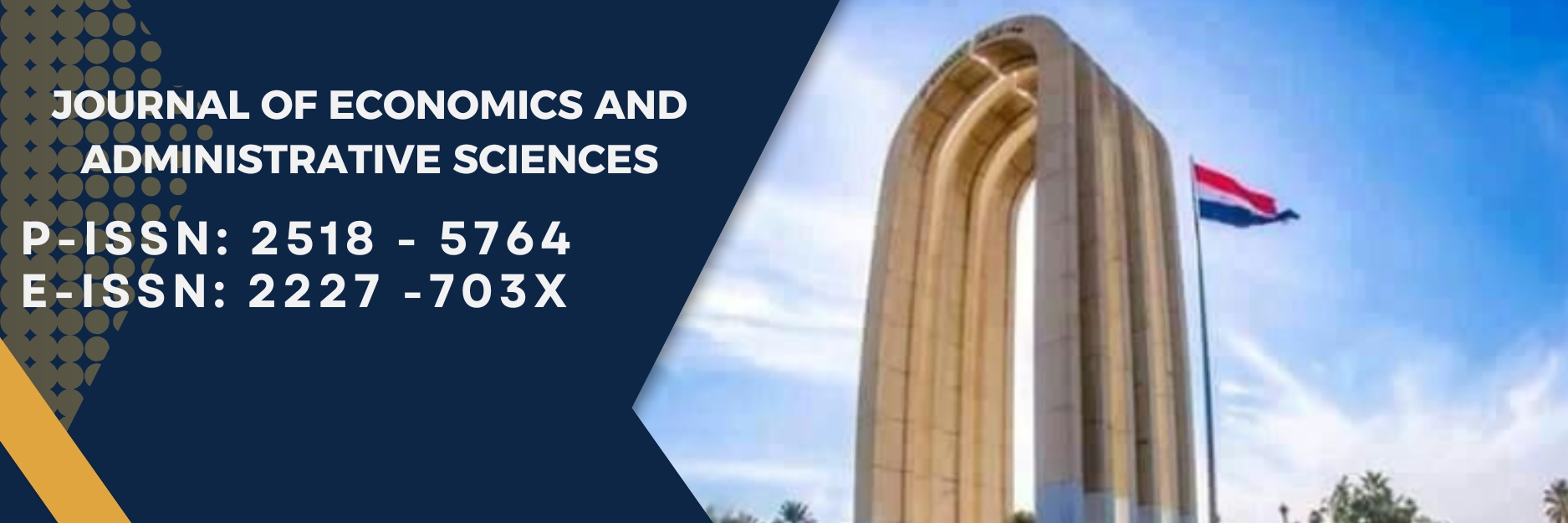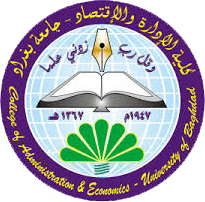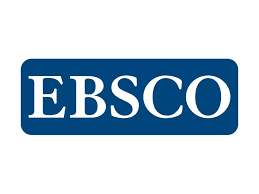Measuring the Critical Success Factors for Total Quality Management Applications (Compared research of many colleges)
DOI:
https://doi.org/10.33095/jeas.v24i109.1541Keywords:
ادارة الجودة الشاملة, عوامل النجاح الحرجة., Total Quality Management, Critical Success FactorsAbstract
ABSTRACT
This research aim to measure the critical success factors for total quality management applications, in order to know the key and important role played by these factors at applying the total quality management through a comparative study conducted in a number of a private colleges.
The research problem posed a set of questions, the most important ones are: Are the colleges (sample of research) aware of the critical success factors at applying the total quality management? What is the availability of the critical success factors at the work of the colleges (sample of research)?
What are the critical success factors in the work of the research sample colleges? What are these factors? Which one of the critical success factors is more effective on applying the total quality management?
For the purpose of completing this research, questionnaire has been designed as a tool of data collection and information, the questionnaire has been distributed to a number of private colleges which consisted of (12) private colleges in Baghdad and at a sample of (97) individuals, and the sample included members of the boards of colleges surveyed represented by (Deans, Deans deputies, heads of departments, and quality officials). The researcher adopted in the preparation of the questionnaire on the ready-made scale (Hietschold et al., 2014) to identify the critical success factors, as these factors are most relevant to the current research tendency, since a 7-scale Likert was used to determine the answers to the questionnaire paragraphs. In addition, the researcher used a Poll form to identify the importance of the new factors obtained by exploratory factor Analysis, and used the fishbone diagram to determine the causes of the key factors and the next step was to use the prioritization matrix after it had been developed to include the influence between key and subsidiary factors after it was include only importance, subsequently the relative effect of these factors was extracted and compared with the ideal state that they should be , thus extraction the gap between them, The researcher have used the ready statistical program (EXCEL 2010, SPSS V.23) to analyze the research data and obtain the results.
The research reached a number of conclusions, the most important of which are: Each organization or industry has its own critical success factors that are different from other organizations or industries and this depends on the size, structure, strategies and location of the organization, in addition, taking these factors together would have a more positive effect than if each factor were adopted separately. The most private colleges that have been studied adapt critical success factors when total quality management have applied but in different levels and this confirm the success and progress have been acquired by these colleges in the last years, and a few numbers of these colleges had not set an administrative structure specialized in quality and some other have this structure but not effective.
Downloads
Downloads
Published
Issue
Section
License
Articles submitted to the journal should not have been published before in their current or substantially similar form or be under consideration for publication with another journal. Please see JEAS originality guidelines for details. Use this in conjunction with the points below about references, before submission i.e. always attribute clearly using either indented text or quote marks as well as making use of the preferred Harvard style of formatting. Authors submitting articles for publication warrant that the work is not an infringement of any existing copyright and will indemnify the publisher against any breach of such warranty. For ease of dissemination and to ensure proper policing of use, papers and contributions become the legal copyright of the publisher unless otherwise agreed.
The editor may make use of Turtitin software for checking the originality of submissions received.


























